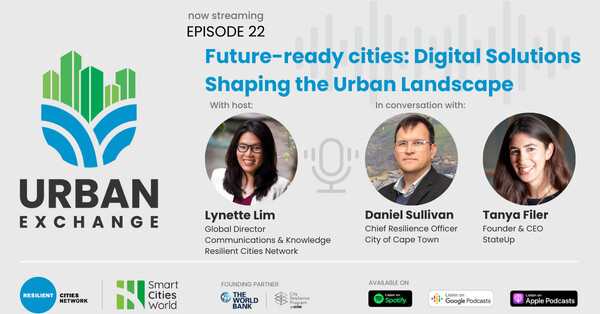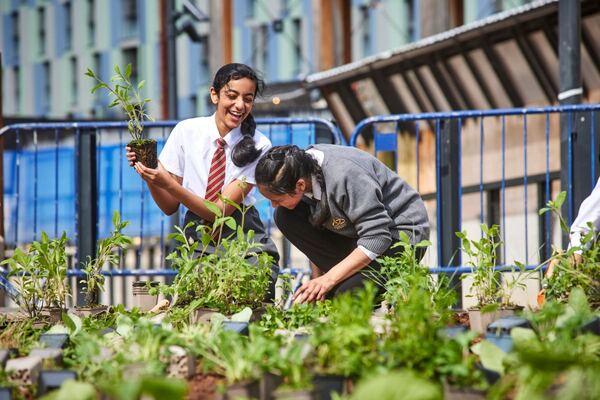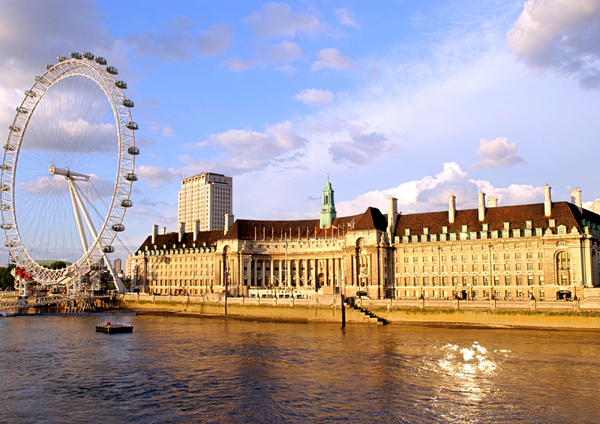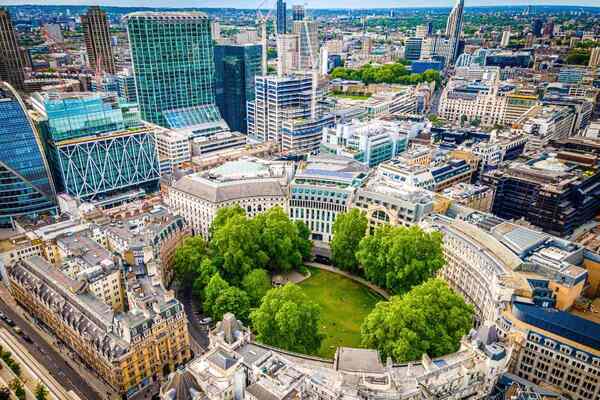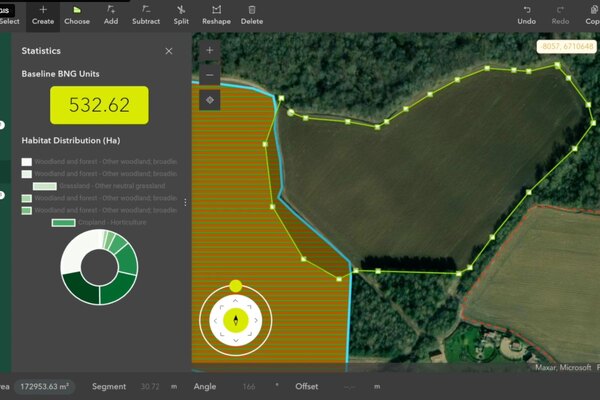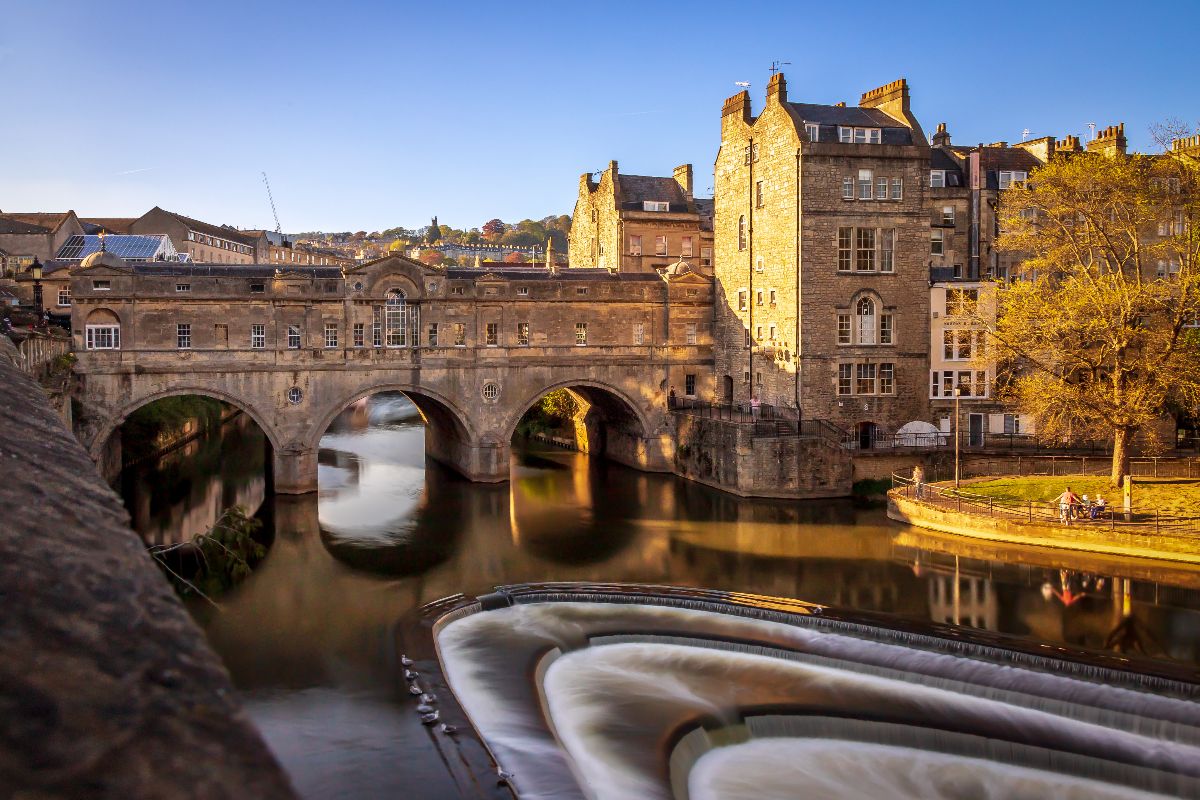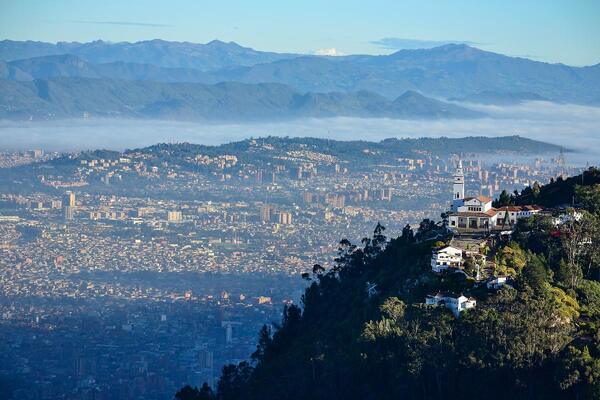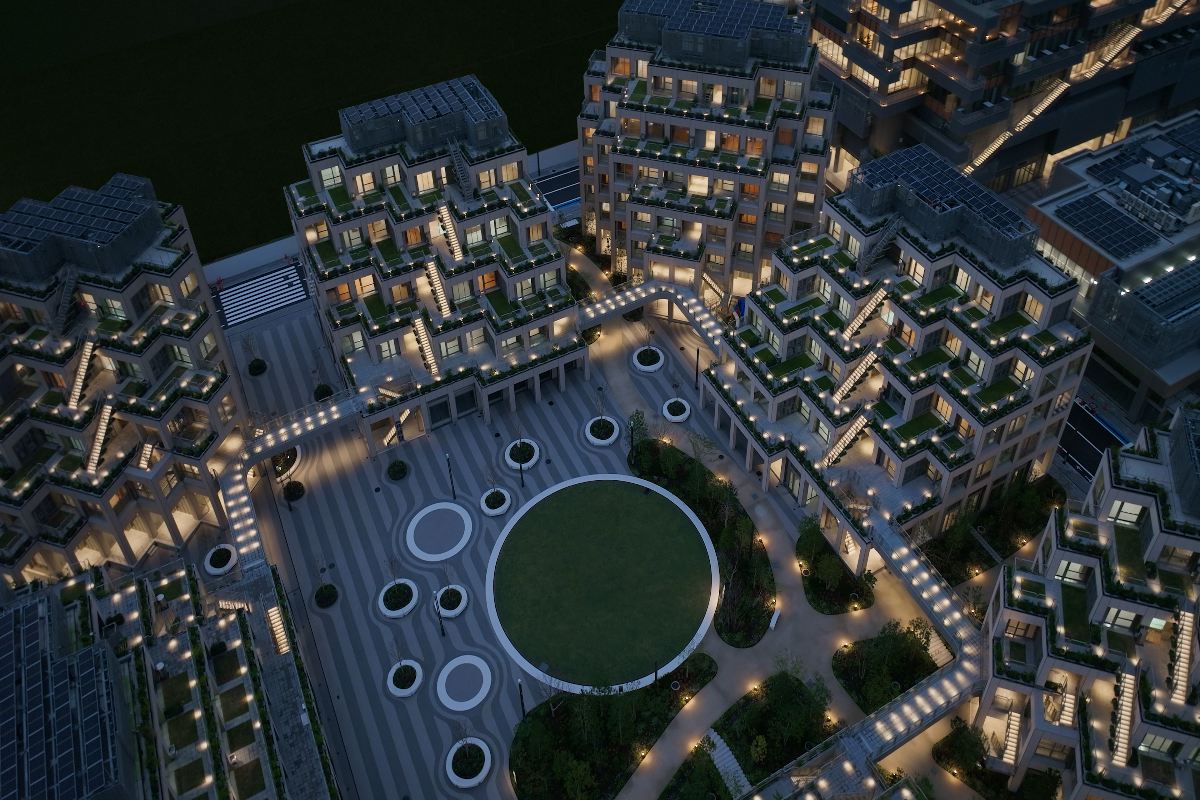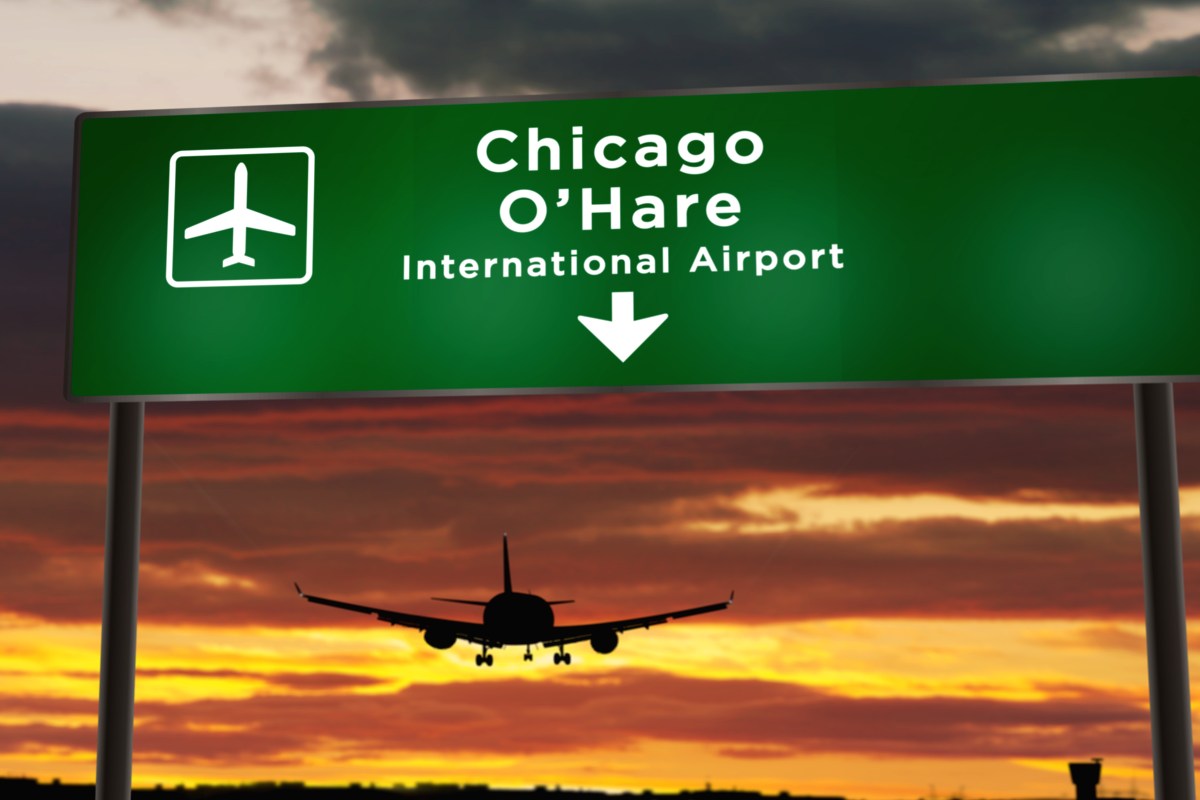Special Reports
SusHi Tech Tokyo 2024: experience ‘Tokyo 2050’ todaySponsored by The SusHi Tech Tokyo 2024 Showcase Program Executive Committee
UK city dwellers demand access to nature and green space
City residents believe protecting nature and biodiversity should be the second biggest priority behind transport links and expect action on climate change.
More than half (55 per cent) of people living and working in UK cities plan to leave in the future – a third (33 per cent) in the next 10 years – with a desire to have more access to nature and green space cited as the top reason, according to research.
The research also found that over four-fifths 84 per cent believe their city should be doing more to prepare for climate change. Access to fresher air (33 per cent) was also given as a top reason to leave and nine in 10 (87 per cent) recognise the importance of new developments in their city prioritising nature.
Rethinking quality of life
Real-estate firm Landsec polled over 1,200 people across some of the UK’s major cities, including London, Birmingham, Manchester, Leeds, Glasgow, and Cardiff. It said people’s expectations of what cities should provide for them has risen since the Covid-19 pandemic, which saw cities hit by lockdowns and economic downturns that have caused many to rethink their quality of life.
More than half (53 per cent) of respondents also expect more to be done on issues including air quality, affordable housing, and greater access to nature near their homes.
“To build the cities we need for the future, we must change our approach to urbanisation in a way that enables people and nature to co-exist, while creating jobs and fuelling economic growth”
The research iterates the importance of putting nature at the heart of urban developments, to ensure cities remain desirable places for people to live and work, and can remain engines of the UK economy. It outlines the high value people living and working cities put on nature, with the majority (94 per cent) placing at least some importance on nature access. Almost four in ten respondents (39 per cent) named inclusion of green space and more trees, plants and wildlife as the biggest priority for developers in new building developments – only behind transport links (41 per cent).
Landsec is launching a new nature strategy that aims to deliver a range of nature-led benefits across its urban spaces, led by three core principles which will apply across its current and future assets:
- Improving biodiversity: new habitats for wildlife are being created to ensure nature and biodiversity flourishes across Landsec assets. Improving biodiversity across Landsec assets and developments will be measured by Biodiversity Net Gain (BNG), which quantifies the extent to which habitats have been created or enhanced
- Promoting health, wellbeing, and community engagement: creating and maintaining high-quality green spaces that encourage social interactions immersed in nature. Landsec will use the Environmental Benefits from Nature tool, created by Natural England and the University of Oxford, to evaluate the health, wellbeing, and community benefits it has created through improving nature across its developments
- Creating nature-based solutions: incorporating nature-based solutions into the urban spaces it develops and operates to help meet net zero ambitions and build resilience to a changing climate. Landsec will use the Urban Greening Factor measurement to analyse the quality of green space on providing ecosystem services such as permeability, cooling, and air purification.
The strategy’s three core principles align with what people living and working in cities understand about the positive impact nature can provide to society and their quality of life, such as benefits to physical health (85 per cent agree) and mental health (87 per cent), as well as mitigating the impacts of climate change (80 per cent).
“Nature is not a luxury but a necessity for equitable, resilient and thriving cities,” said Landsec head of sustainability, Jennie Colville. “It plays a vital role in keeping our cities habitable, from the food that we eat, to the air that we breathe, and can be one of the best lines of defence against climate change. The quality and amount of nature in urban places has been neglected in recent years because of population growth, industrialisation and the development needed to meet modern society’s needs.
“To build the cities we need for the future, we must change our approach to urbanisation in a way that enables people and nature to co-exist, while creating jobs and fuelling economic growth. If cities don’t embrace this change, they risk losing out on valuable talent, growth, and vitality, while remaining vulnerable to the intensifying impacts of climate change. Through our nature strategy, we’re taking a holistic approach to the way we design, develop, and manage our places to find the right solutions, ones that benefit the environment and communities, and reflect the full value of nature.”
Biodiversity Net Gain
The new strategy will go beyond current government guidelines, which requires developers to provide 10 per cent BNG on all habitats within the redline boundary of their development, whether or not they are impacted. For existing assets, Landsec has committed an additional 10 per cent increase to its existing BNG targets, while for future developments Landsec will aim to make a 20 per cent BNG on sites with existing greening and ensure the development of two biodiversity units per hectare (2 unit/ha) for sites with no greening.
To embed nature within its operational and standing assets, Landsec has created 15 Core Nature Requirements (CNRs) that will underpin the development process, including guidance on which types of green interventions (GI) are required to satisfy each requirement. Guidance has been incorporated into Landsec’s Sustainable Development Toolkits, a comprehensive guide used by its development teams and external partners to ensure sustainability is considered throughout the design and construction of its projects.
“Nature is not a luxury but a necessity for equitable, resilient and thriving cities”
Landsec has also created Nature Action Plans (Naps) for every operational asset under its control across the company. The Naps were developed following a portfolio-wide ecological assessment, and lists opportunities for improvement on each site to deliver against the three core principles and metrics. A Nature Handbook has also been developed by Landsec to guide site teams and landscapers on design and implementation factors such as appropriate species and positioning.
The strategy builds on Landsec’s existing work to improve nature and restore biodiversity through its developments. For example, at its flagship London building, The Forge, over 25 wildflower species have been planted on its green roof, alongside wetland pools, sandy piles, and cobbled areas to provide a variety of habitats for invertebrates. In Mayfield, Manchester, Landsec has redeveloped brownfield land to create an urban park – the first in the centre of Manchester in 100 years.
By allowing the River Medlock in Greater Manchester to regain its natural path, which has been enhanced with diverse planting and landscaping, the Environmental Agency has recorded fish species in that part of the River Medlock for the first time in May 2023.
Landsec will report on progress for operational assets every two years, while for future developments, progress will be updated on a project-by-project basis via ecological surveys to allow initiatives time to establish.







